Well-founded lighting planning meets passionate lighting design.
Lighting design allows creative architectural design ideas to be realized as real, tangible lighting moods.
A sense of space is created by the overall architectural concept and the lighting mood. This means that the architecture and interior design ensure maximum comfort, which is supported by the lighting concept. For this reason, lighting design is never a separate, isolated measure, but begins at around the same time as the architectural design planning.
Because they and the architects’ lighting ideas form the basis for the lighting design. Lighting designers find and design all the technical possibilities that can optimally reflect the architectural lighting concept. This means that lighting designers specify suitable materials and light sources as well as the specific technical implementation. If the lighting mood requires it, impressive special solutions are developed and implemented as part of the lighting design.
Technical expertise and aesthetic sensitivity are therefore among the defining characteristics of the passionate we are light lighting designers.
Ultimately, the aim is to create lighting moods and atmospheres through appropriate lighting design – and to harmonize them with mandatory lighting such as emergency lighting or position lights on ships. The issues in lighting design are many and varied. Where does glare cause a nuisance, or where does material around the light source reflect in such a way that the mood cannot be created? Are all legal requirements for lighting at sea met?
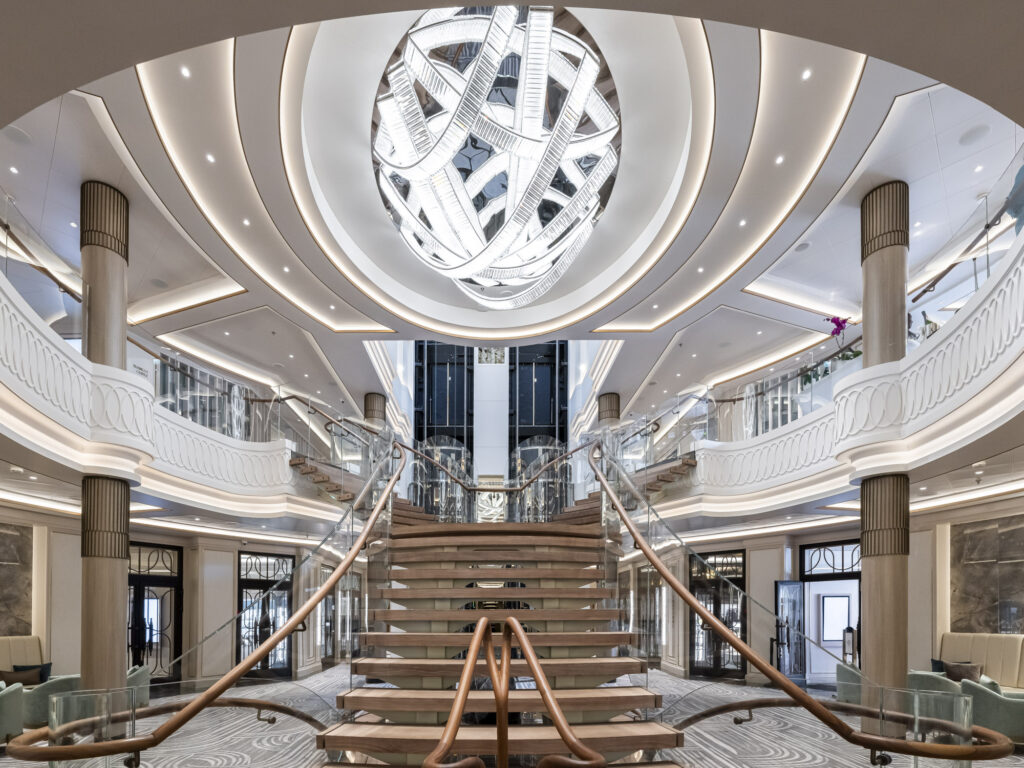
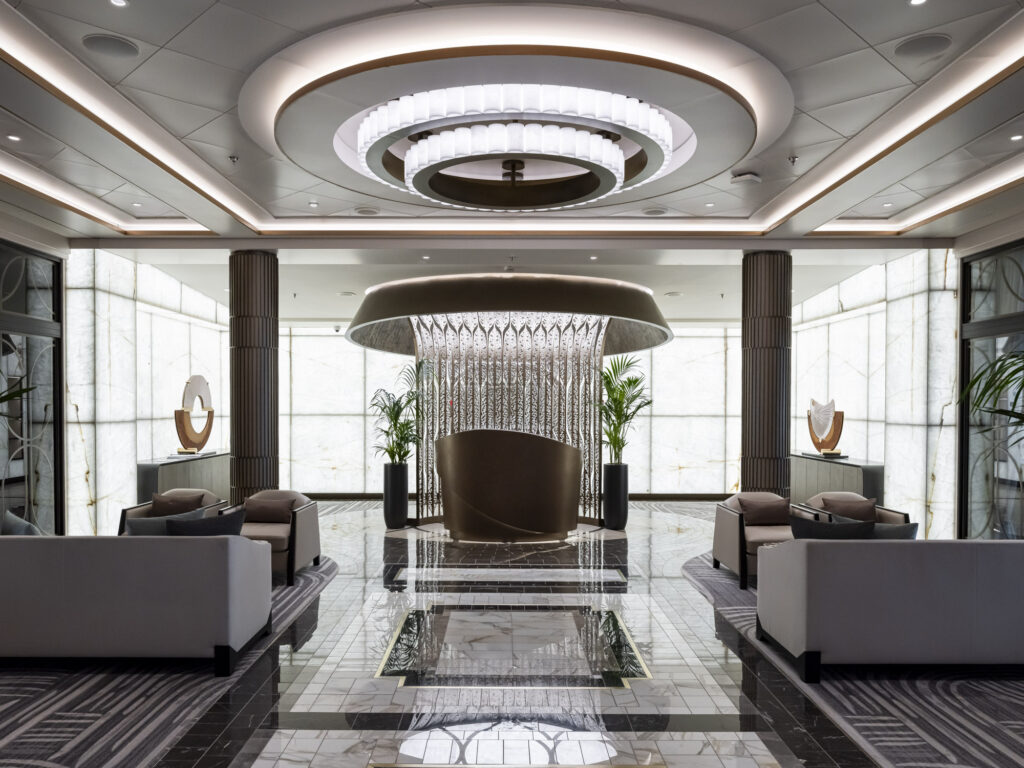
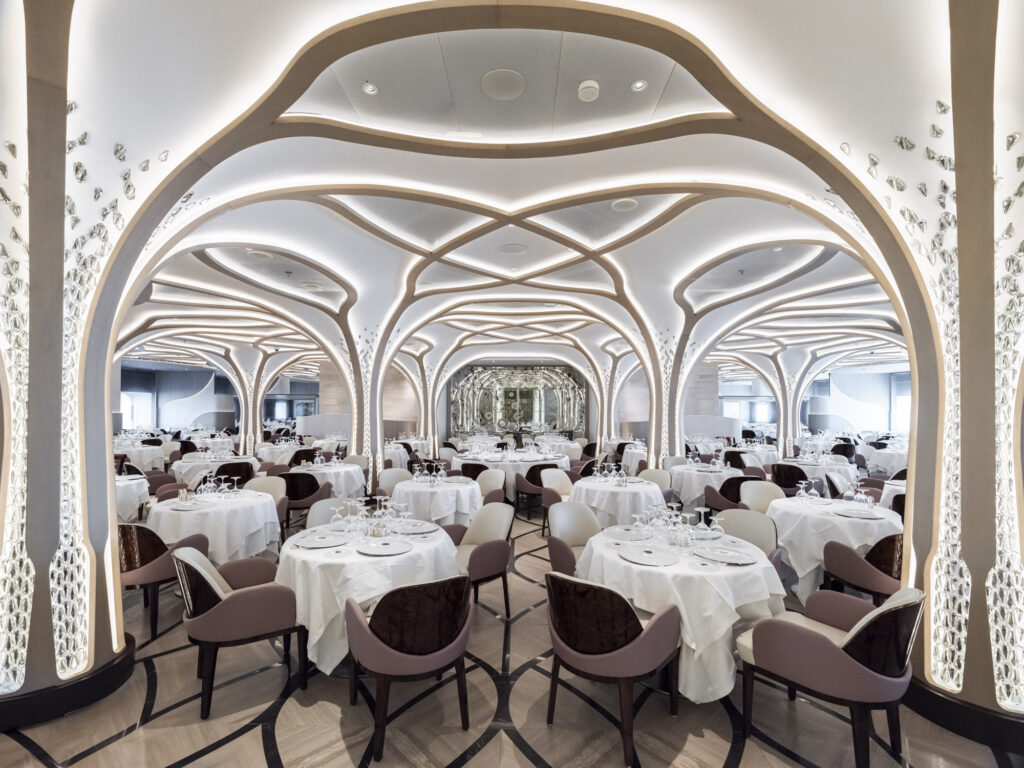
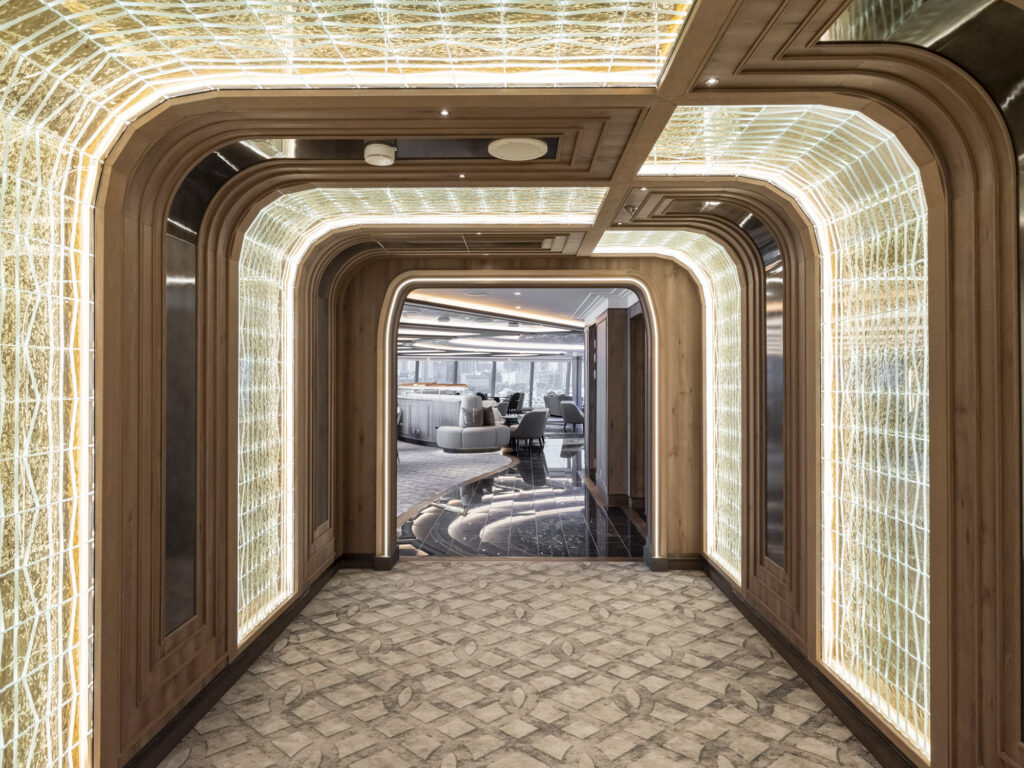
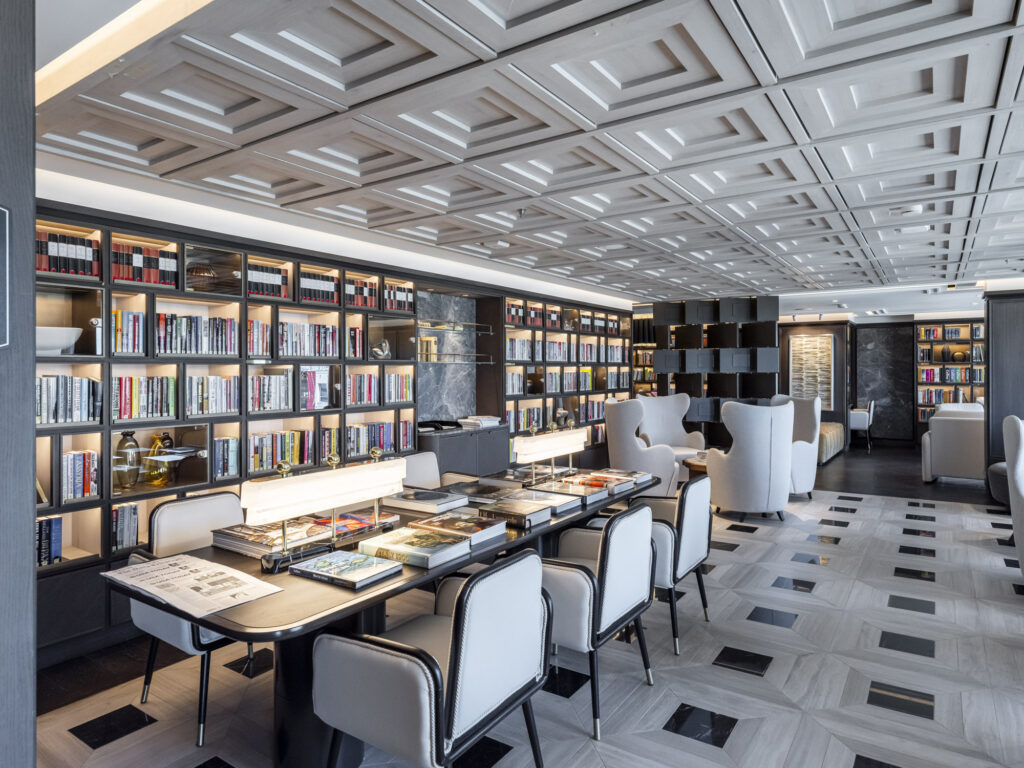
Above all, the lighting of cruise ships places very high demands on the lighting design. While luxury and cruising go hand in hand, at the same time the task is to illuminate the architecture of a small town. The dimensions and masses on cruise ships are considerable: gross tonnages of 164k and material costs of around 17 km of flexible LED modules, 30,000 meters of cable or 60,000 light points in combination with coved lighting or exclusive chandeliers have to be planned and adapted on site.
A cruise liner also combines a number of rooms with various requirements: cabins, suites, corridors, theaters, restaurants, shops, outdoor areas, swimming pools, casinos and much more must come together in the floating hotel to form a whole. In addition, special features such as voltage fluctuations in the on-board power supply, seawater resistance, low installation depths or maintainability of the luminaires must be taken into account.
Carefully designed lighting moods or dimming ranges can demarcate or connect various areas on ships – thanks to sophisticated lighting design. There is hardly any other environment where so many different lighting applications have to be combined in such a small space. The wide range of requirements makes it clear that technical expertise and extensive product knowledge are essential for successful lighting design on cruise ships.
Anyone who plans good lighting can flexibly change their perspective – in terms of planning and technology. What atmosphere should be created and for whom? In particular, the cruise market requires knowledge of the various markets, in Asia or America. That is why it is not only a freestyle exercise, but also an obligation for lighting planners to be able to change their point of view flexibly and in a short time. Market requirements, architectural demands and technical possibilities meet at the interface of lighting design.

Lighting design for new cruise ships
The current focus of we are light’s lighting design is the development and implementation of lighting plans for cruise ships. Lighting design for new cruise ships involves all planning and construction phases of a ship.
The process begins with advice on the respective type of ship – the requirements vary greatly depending on the target group, the standard of the ship and the planned route. After the consultation phase, the focus of the lighting design is on drafting lighting concepts, which are then recorded in technical drawings and visualizations.
On the basis of the concept, specifications are defined in the form of service specifications, which are the basis for price calculations. The next step is simulations, which check the calculation results before – as a final step – the lighting moods are adjusted on board by means of manual fine-tuning.
Around five years pass between the planning of a cruise liner and its completion. If trends regarding the furnishings change during this period, we are light can still react in the ongoing project. Flexibility and innovation are the driving principles of the lighting design of the Hamburg-based company.
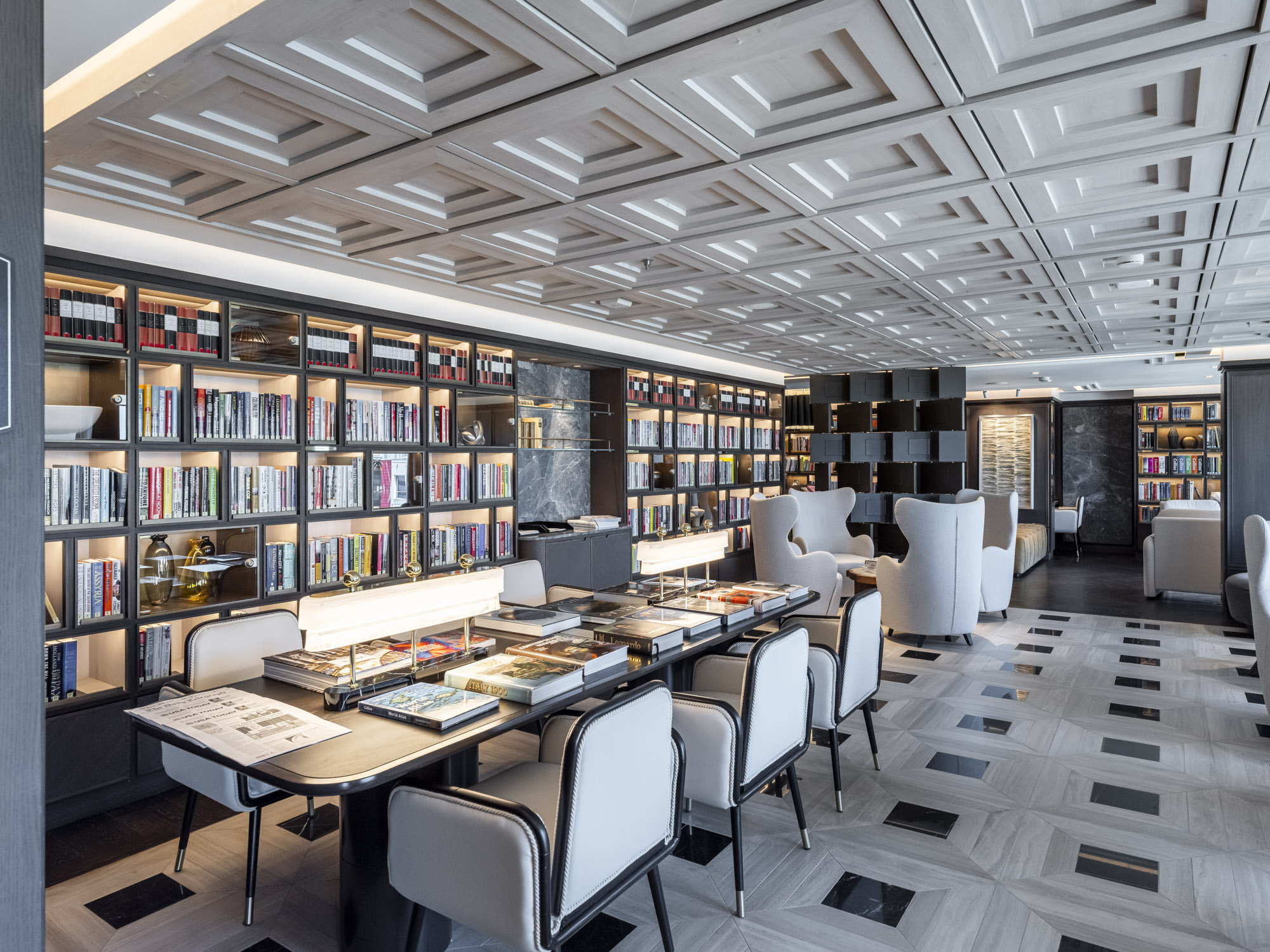
Lighting design for cruise ships: special planning considerations
Three-dimensional thinking is required when designing the lighting for cruise ships. This is because the holistic implementation of the spatial and lighting concept involves more than just installing an imposing chandelier. Walls, surfaces and entire ceiling constructions are natural components of the lighting design on a cruise ship.
All light sources and their materials must fulfill special requirements on a ship. Their mounting, for example, must compensate for vibrations to prevent disturbing noises such as clanking. On the other hand, it is absolutely necessary that the luminaires are mounted in such a way that passengers are not endangered even in heavy seas.
Test drives in heavy seas prove whether the constructions meet this requirement. On board: engineers and lighting designers.
Lighting design on a ship is not only intended to attract attention. It also has an orienting function. Corridors, for example, lead to the radiant atrium with a less brilliant lighting mood. From there, access to other decks is possible. In line with the atmosphere, bars on board require less light than shops, for example. So lighting design for cruise ships is characterized by a wide range of design approaches in every respect.

Lighting design for cruise ships and ships in general differs in other ways from the illumination of buildings. The ceilings are lower, while the areas of public spaces are wide. Lighting design for a cruise ship must also always take into account the combination and interrelations of many different room functions. When guests move around on board, they pass through corridors with dimmed light to their comfortably and brightly lit cabins or to bars with cozy lighting moods and more – they are surrounded by countless lighting creations.
Another special feature: the external influence on the interior spaces is considerably less on board a cruise ship than in a hotel, for example – in some areas of the ship there is none at all. Dynamic daylight is not available for the lighting design in these areas. we are light develops innovative alternatives for these cases, for example. Ideal light quality on cruise ships often results from elaborate combinations of vertical highlights and different light levels.
The importance of the ability of lighting designers to change their perspective is particularly evident in the design of the ship’s superstructure: the atrium of an upper-class cruise ship rises vertically over several decks and is a central public area of the ship. Visitors therefore view and enter it from several perspectives.
There are flat viewing angles as well as 360° views. One challenge for the lighting design on a cruise ship is therefore to place the light sources in such a way that they create the desired lighting mood from all possible perspectives – without any annoying glare. If the appropriate light source for this requirement does not yet exist, we are light develops optimal and innovative solutions.
Lighting design: refitting cruise ships
The defining trend for cruise ships is constantly changing. That is why the ships have to be adapted: the on-board offering, the interior design and, with it, the lighting design require a redesign.
Lighting design for cruise ships that are to be refitted due to changing demands differs in some respects from the planning for a new cruise liner. When it comes to lighting design for ship refits, the first step is to take stock on board. This includes light measurements to identify potential improvements to existing lighting systems:
In view of the new design goals, lighting design can aim for optimized user experiences and lighting atmospheres. As part of the redesign, the lighting design benefits from the upgrade to the latest lighting technology.
The redesign has to be completed in a very short period of time, so a quick response is required. we are light has all the skills needed to make the speedy and therefore lucrative refitting of cruise ships possible.

Architectural lighting creates atmospheres in hotels
The same principles apply to the lighting design for tourist projects on land and on water. The appropriate lighting should create a sense of well-being for guests and contribute significantly to a pleasant stay.
Thanks to the team’s outstanding adaptability and ability to see things from different perspectives, we are light has already convincingly planned the lighting for a wide range of onshore properties. Hotels and cruise ships as floating hotels have to offer their guests atmospheres in which they can enjoy, be inspired or relax. Excellently planned lighting moods are indispensable for this.
Examples of planning projects undertaken by we are light on land include hotels, restaurants, office buildings and even kindergartens. All planning and construction phases are included in the full-service lighting design of the Hamburg-based lighting design firm.
Particularly when planning architectural lighting for classic projects on land, our services go beyond lighting design: we take care of everything from tenders and contract award negotiations to project support and construction acceptance. We meet the most exacting customer requirements for architectural lighting, for both new buildings and for refurbishments and renovations.
